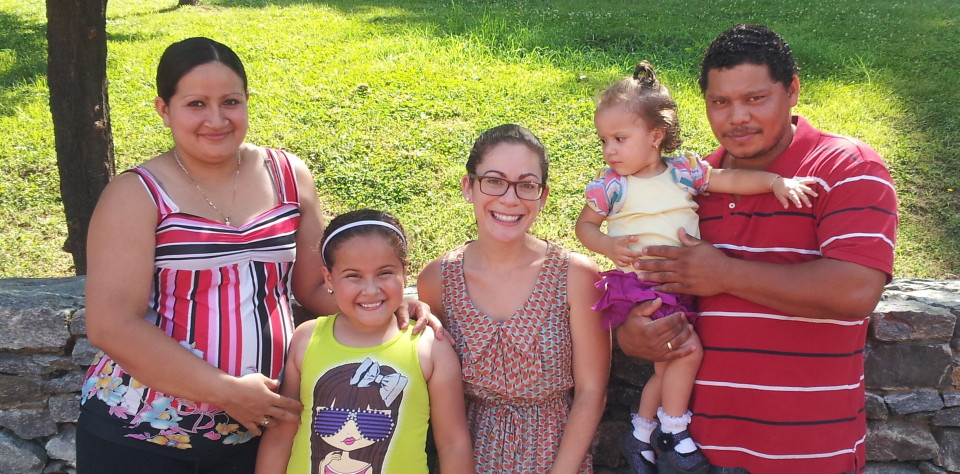In order for educators to effectively partner with parents, they must have positive, trusting relationships with them. This is particularly true in contexts where families are distrustful or disengaged from the school itself. The concept behind Parent-Teacher Home Visits is simple: rather than blaming each other, teachers and parents come together as equal partners to form a trusting relationship, which becomes the basis for collaboration to support student learning.
The relationship-building model of parent-teacher home visiting supported by Flamboyan Foundation was created by the Parent-Teacher Home Visit Project (PTHVP) in Sacramento, California. PTHVP’s seven core components may seem like common sense, but they help maximize the impact of home visits as you build relationships with families and engage them throughout the year. Most importantly, they keep you safe. Home visits which do not meet these core components are not compensated and do not count toward your school’s measures of success.
- The purpose of home visits is to build relationships with your students’ families. The focus of the home visit is to meet and learn about your families, as well as to establish trust and respect. While there are many other things a school may want to communicate about to families, such as dress code, homework policies, rules, etc., the home visit is not the right time for that communication.
- Home visits are not conducted on school grounds. When teachers meet with families outside of school, teachers break down families’ mistrust and uncertainty about schools. Furthermore, teachers learn more about students’ backgrounds, interests, and life experiences, which they can then draw on to improve their teaching, when they meet families in the home. If a family is highly resistant to a visit in the home, educators may offer a neutral location in the community.
- Home visits are voluntary for teachers and parents. In order to build strong, trusting relationships with one another, both teachers and parents must feel respected and valued. Forcing a family to host you in their home doesn’t build respect. Neither does forcing teachers to visit families when they don’t want to do so.
- Home visits should not stigmatize students. Teachers must make sure to visit a broad cross-section of students with differences in behavior and academic performance. While we encourage teachers to think strategically about which students they visit, it is critical for parents to see these as positive visits. If word gets out that only struggling students get home visits, families will be less likely to want to meet with you.
- Home visits are scheduled in advance. Scheduling in advance is a sign of respect and shows how much you value parents’ time. Furthermore, because parents will know you are coming, it keeps you safe and ensures you won’t see anything you shouldn’t see.
- Home visits are conducted in pairs. Going on home visits with a partner ensures you will be comfortable and safe. It also allows families to meet an additional person in the school community, which makes them feel even more welcomed. Finally, your partner is an extra set of eyes and ears to help you remember what you learned after you leave the visit.
- Home visits which follow the model are compensated or otherwise incentivized. Flamboyan Foundation respects the hard work teachers are doing to improve family engagement. Your principal will tell you more about how home visits will be compensated or incentivized at your school.





